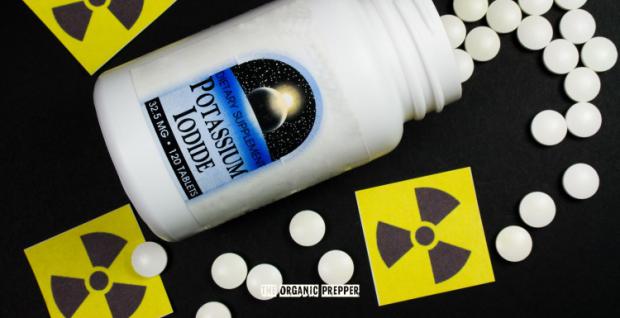
Breaking News
 Trump confirms Dan Bongino is QUITTING FBI to go back to his talk show
Trump confirms Dan Bongino is QUITTING FBI to go back to his talk show
 The full TRUTH about Trump 'Ice Maiden' Susie Wiles and her Vanity Fair disaster...
The full TRUTH about Trump 'Ice Maiden' Susie Wiles and her Vanity Fair disaster...
 Wall Street's $4 Quadrillion Backbone To Roll-Out Tokenized US Treasuries
Wall Street's $4 Quadrillion Backbone To Roll-Out Tokenized US Treasuries
 Silver: Samsung Prepays Mine For 2 Years Supply.
Silver: Samsung Prepays Mine For 2 Years Supply.
Top Tech News
 This tiny dev board is packed with features for ambitious makers
This tiny dev board is packed with features for ambitious makers
 Scientists Discover Gel to Regrow Tooth Enamel
Scientists Discover Gel to Regrow Tooth Enamel
 Vitamin C and Dandelion Root Killing Cancer Cells -- as Former CDC Director Calls for COVID-19...
Vitamin C and Dandelion Root Killing Cancer Cells -- as Former CDC Director Calls for COVID-19...
 Galactic Brain: US firm plans space-based data centers, power grid to challenge China
Galactic Brain: US firm plans space-based data centers, power grid to challenge China
 A microbial cleanup for glyphosate just earned a patent. Here's why that matters
A microbial cleanup for glyphosate just earned a patent. Here's why that matters
 Japan Breaks Internet Speed Record with 5 Million Times Faster Data Transfer
Japan Breaks Internet Speed Record with 5 Million Times Faster Data Transfer
 Advanced Propulsion Resources Part 1 of 2
Advanced Propulsion Resources Part 1 of 2
 PulsarFusion a forward-thinking UK aerospace company, is pushing the boundaries of space travel...
PulsarFusion a forward-thinking UK aerospace company, is pushing the boundaries of space travel...
 Dinky little laser box throws big-screen entertainment from inches away
Dinky little laser box throws big-screen entertainment from inches away
 'World's first' sodium-ion flashlight shines bright even at -40 ºF
'World's first' sodium-ion flashlight shines bright even at -40 ºF
How to Use Potassium Iodide After a Nuclear Emergency

By the author of Be Ready for Anything and the course Bloom Where You're Planted
Given the current concerns, you may be adding some emergency supplies that you are unfamiliar with to your pantry and medicine cabinet. This article explains how to use potassium iodide after a nuclear strike and addresses some frequently asked questions.
At the end, there's a link to a downloadable format of this article that you can print out to keep with your emergency supplies. I'm not a doctor – this article is based on research done on the FDA and CDC websites. Sources are cited at the end.
(You can find this information and more in our printable Nuclear Survival Anthology.)
(The abbreviation for potassium iodide is KI, which I'll use for the rest of the article.)
Why you need potassium iodide after a nuclear emergency
Aside from the immediate threats of a nuclear blast, the thyroid gland is the most susceptible organ to damage from radiation. Potassium iodide is a stable form of iodine (stable meaning it isn't radioactive.) If the thyroid gland is loaded with stable iodine, it can't absorb radioactive iodine. Radioactive iodine can cause cancer. Here's how the CDC explains it:
The thyroid gland cannot tell the difference between stable and radioactive iodine. It will absorb both. KI (potassium iodide) blocks radioactive iodine from entering the thyroid. When a person takes KI, the stable iodine in the medicine gets absorbed by the thyroid. Because KI contains so much stable iodine, the thyroid gland becomes "full" and cannot absorb any more iodine—either stable or radioactive—for the next 24 hours.
This doesn't protect your body from any other type of radioactive isotopes – only radioactive iodine. It won't undo the damage done by radioactive iodine, so you must begin taking it immediately for protection. If there is no radioactive threat, you should not take KI, as it can be harmful.
(For more information on how to survive a nuclear strike, check out our nuclear survival anthology.)
How do you take potassium iodide after a nuclear strike or other radiation emergency?
The sooner you begin taking KI after an emergency, the better. It works best if taken within 3-4 hours of an emergency.Here are the dosages recommended by the FDA.



